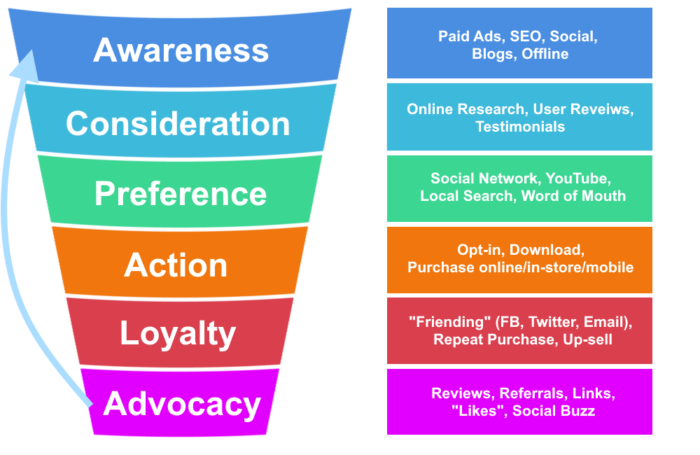- Blog Home
- Content Marketing
- Kevin O'connor
- How To Scale Your Content Marketing Strategy
How to Scale Your Content Marketing Strategy

Content makes the marketing world go around, but the sheer volume required for campaigns can be overwhelming. HubSpot found companies that posted 16 times or more per month enjoyed 3.5 times more visitors than those with up to four posts per month. While the benefits of scaling your content marketing strategy put your small business in an excellent position to grow, you may encounter several challenges standing in your way.
Lack of In-House Resources
You can't go outside and pluck content from a tree, and small businesses don't have endless in-house resources to draw on. Adding more people to your marketing team may be difficult or impossible at your current stage, and trying to get more from your current content creators can result in lower-quality pieces.
Forget about trying to do this completely in-house. One of the most valuable skills you have as a small business owner is the ability to delegate specialized tasks. A content marketing partner, such as Scripted, gives you access to content creators without the in-house overhead. You can scale your strategy by outsourcing part or all of your content creation, allowing your in-house team to focus on other parts of the campaign.
Failure to Maintain Consistency
Brand consistency is an important part of building audience trust. Even the small things, like the terminology you use to describe your products, can make a big difference in the way you're perceived. When you work with multiple people, teams, partners and marketing channels, you run the risk of introducing inconsistency.
A style guide is your best weapon in this situation. Everyone involved in the content production and distribution workflow can reference this information, so the writing voice, brand names, terminology, logos and every other detail stay the same. You may want to put together two guides, one for content writers and the other for graphic designers.
Overlooking Parts of the Buyer's Journey
The content used in your marketing campaign is not one-size-fits-all. Someone who knows all about your company and product line won't benefit much from an awareness-building article that discusses their original problem. They're interested in the differences between your models, why they should choose you over your competitors and other purchase-decision information.
Group your content into the different stages of the buyer's journey. You need a good mix of assets for each stage so an interested buyer can keep moving in the right direction.
Not Maximizing Your Content Investment
Do you put articles on your website or posts on your blog and then move on to the next piece of content? The planning, research, and execution of your content production gets wasted with a one-and-done approach.
You can get a ton of mileage out of a single asset, especially if you start with a long-form format. For example, consider an e-book. You may offer this as a lead magnet for your email list, but you can break it down in many ways. Create blog posts summarizing each chapter, an infographic highlighting key data, a video that goes over the information, social media updates containing pull quotes, a drip email campaign and an e-course on the same topic.
You already handled a lot of the hard work when you created the original e-book. The pieces that come after require less research and planning, plus you can always drive readers to the source with relevant call-to-action forms.
Forgetting a Distribution Plan
Content creation is only half the battle. You can pour your heart and soul into your content marketing strategy, but if you don't have a good distribution plan, it's going to fall flat.
Some small business owners try to put their content on every channel possible. However, stretching yourself too thin results in a poor experience for your readers. You can scale this part of your content marketing strategy by focusing on a handful of channels at the start. As you gain a foothold on these platforms, slowly add more distribution options into the mix.
Relying on Inefficient Processes
When you start your business, you may have to put business processes in place that are difficult to scale. For example, it's common for small and startup business owners to wear many hats as needed. You may handle everything from accounting to marketing, but that won't fly when you want to scale your campaigns.
Technology is the superhero you need in this situation. Automation and optimized processes can eliminate many tedious tasks that eat up your time. Your duties should focus on leadership rather than the front-line things that need to be done. Cloud-based applications make these solutions affordable for small business owners since you don't need to buy the equipment or have an IT staff to keep it running.
To begin with, content marketing strategies require a lot of work. Scaling your campaigns may seem difficult at first, but you can overcome these challenges with the right approach. Process optimization, leveraging external partners, and making the most of your available resources go a long way towards a positive growth rate.
Need help scaling your content production? With Scripted you can build a team of expert writers and manage your content all in one place.
